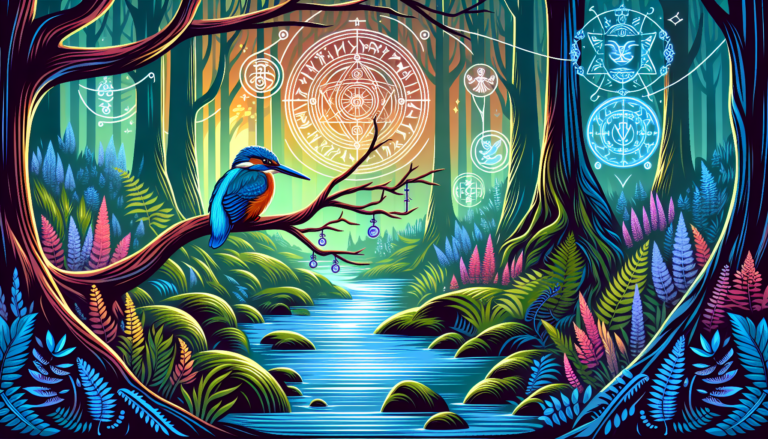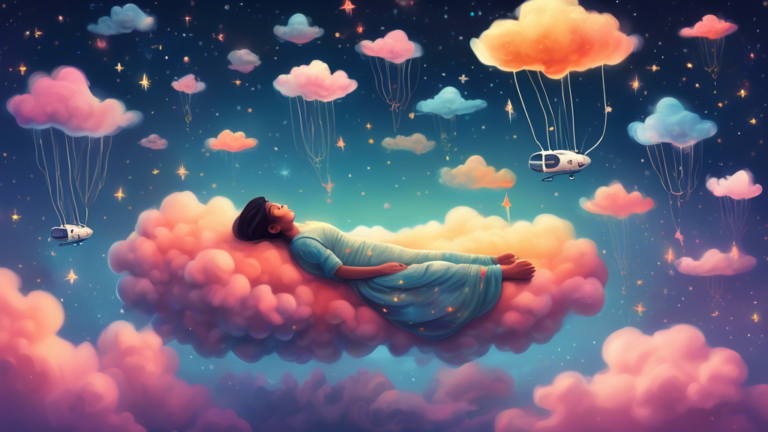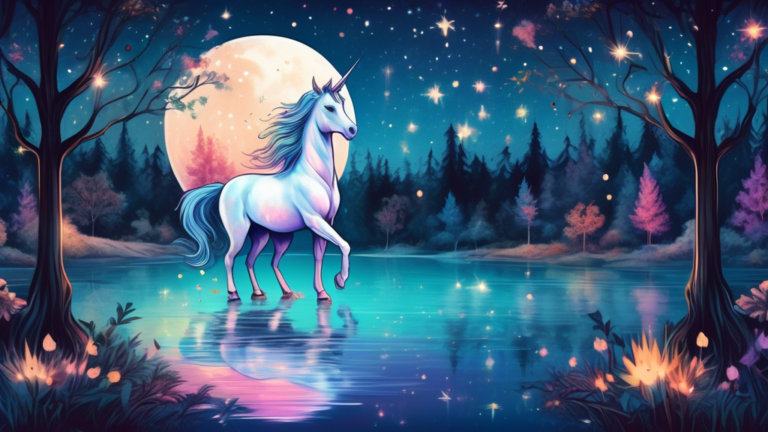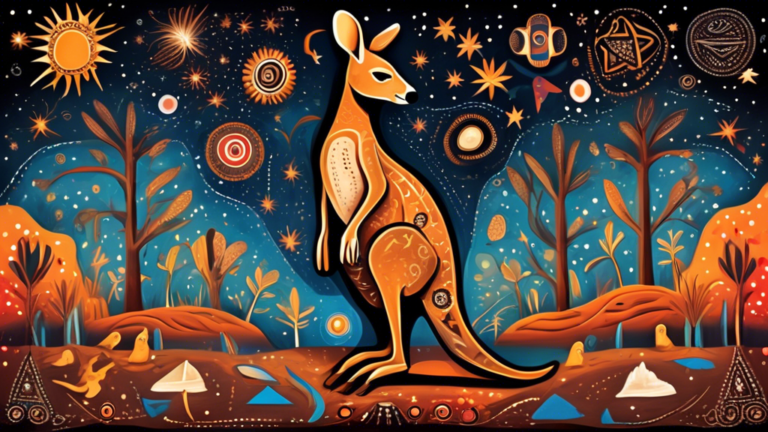Exploring the Symbolism of the Bobcat
Introduction to Bobcat Symbolism
The bobcat, a creature known for its fierce demeanor and elusive nature, holds significant symbolism in various cultures. This versatile predator of the North American wilderness is not only a master of survival but also a powerful symbol in the world of animal totems and spiritual symbolism. The bobcat symbolizes perception, independence, and adaptability, traits that are revered and feared in many human societies.
Native American Symbolism of the Bobcat
In Native American traditions, the bobcat is often portrayed as a creature of great psychic power and is believed to be a guide to the mysteries of the spiritual world. Different tribes have their interpretations and beliefs regarding the bobcat. For example, some see it as a bringer of foresight and protector against harm, while others view it as a symbol of patience and determination. The bobcat can teach us about solitude and the importance of relying on one’s instincts.
Spiritual and Totemic Significance
In the realm of spirit animals, the bobcat can appear when you are in need of guidance in your life or when you are about to undergo a significant transformation. The bobcat spirit invites you to become more independent and trust your instincts. The qualities of a bobcat, such as keen sight and hearing, symbolize the ability to navigate through darkness and uncertainty.
Lessons from the Bobcat
The bobcat teaches several vital life lessons such as the power of silence, the importance of patience, and the skill of strategic planning. Emulating the bobcat means becoming observant and knowing when to act and when to withdraw. This totem urges us to seek the quiet power of observation and choose wisely when to reveal our strength.
Bobcat as a Cultural Symbol
Beyond indigenous beliefs, the bobcat also permeates popular culture, often symbolizing fierce independence and solitary grace. In literature and film, bobcats are frequently depicted as loners that thrive by their wits, paralleling the rugged individualism that is often celebrated in Western culture.
Bobcat in Heraldry and Emblematic Uses
Due to its fierce nature and striking appearance, the bobcat also finds a place in various heraldic and emblematic uses. It stands for vigilance and alertness, virtues that are prized in protective symbols. The bobcat motif can be seen in logos and badges where strength and strategic thinking are prized.
Conservation and the Symbolic Future of the Bobcat
As human populations expand, bobcats, like many other wild species, face challenges from loss of habitat and conflicts with humans. The conservation of the bobcat is crucial not only for maintaining ecological balance but also for preserving the symbolic heritage that this creature carries. Efforts to conserve bobcat populations help ensure that this majestic feline continues to roam the wild landscapes of North America and serve as a powerful symbol in various cultural narratives.
Role in Ecological Awareness
The bobcat’s role in symbolism extends into the realm of environmental conservation, where it plays a part in raising awareness about the interconnectedness of nature and human existence. By protecting the bobcat, we preserve a symbol of wilderness and survival instinct, which is vital in reminding us of our responsibilities towards our natural surroundings.
Conclusion
The symbolism of the bobcat is multi-faceted, reflecting its roles as a hunter, protector, and solitary wanderer. Whether as a totem animal, a cultural icon, or a subject of conservation, the bobcat represents qualities like independence, strategic thinking, and adaptability that resonate deeply with human challenges and aspirations. Embracing the lessons from the bobcat can enrich our understanding of not only our natural environment but also ourselves.
The Symbolic Meaning of Rhinos: Ancient Representations and Modern Associations







